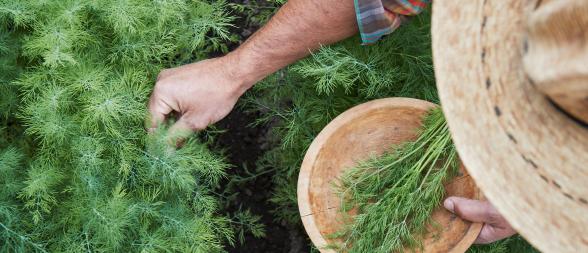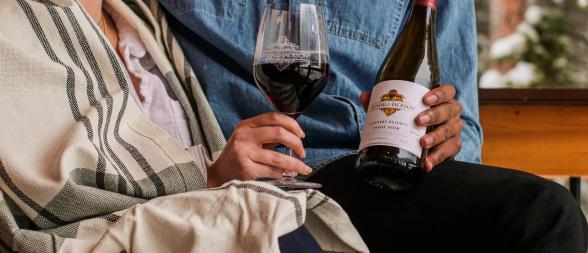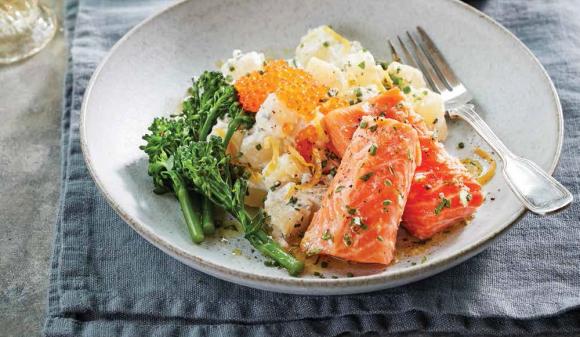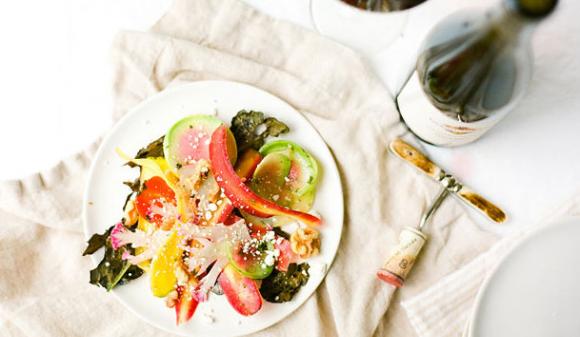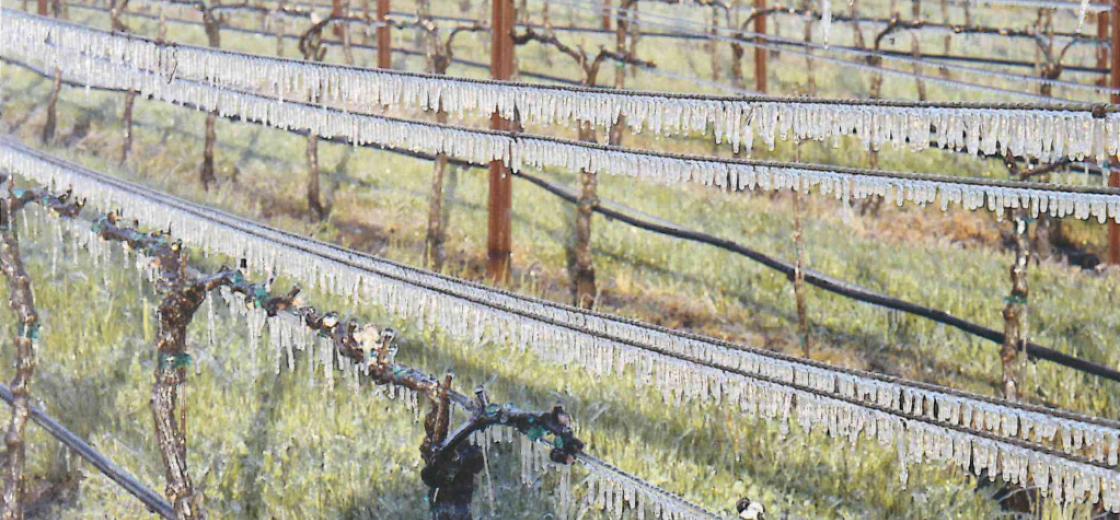
Frost Protection In The Vineyards
One of the greatest risks to the health and success of the wine grape crop is frost. Now that budbreak is here, we have to cross our fingers and be very vigilant to protect the newly emerging shoots from a devastating frost.
It seems that such a frost has manifested itself this year already in a couple of areas south of Sonoma County. This past weekend brought some low overnight temperatures. I awoke to what sounded like airplane engines on more than one morning. Leaving my house in the early morning I notice that my neighbor, a vineyard manager for a local vineyard management company, had already left the house (likely in the middle of the night).
So what is it that makes frost such a problem, and how do we protect against these cold temperatures? Frost events can damage the new shoots and possibly destroy the entire crop. As I explained last week, when water freezes it expands. This ruptures cell walls in the green tissue of the plant and the damage is irreparable.
Most of the frost we see locally happens on clear, starry nights with very little breeze. Under these conditions, a strong inversion layer can occur where the cold air settles down to the ground and causes frost.
There are several means by which we protect a vineyard. Site selection is one first concern. We don’t always have a choice in planting areas, but as the coldest air settles to the lowest spots, these are typically poor sites for vineyard success and will always be susceptible.
Beyond this, the choice of vine establishment is important. The lower the vine’s buds and shoots are to the ground the more they are susceptible to frost. Timing of pruning is also a factor. Delayed pruning will discourage the vine from budbreak by a couple of weeks. This delay may be enough to move beyond the most dangerous time for frosts.
Also, once budbreak occurs, you might find vineyard managers out mowing their vine rows. This effectively lowers the ground height several inches below the emerging shoots and can help protect them from the coldest air.
Finally there are active methods of frost protection. I mentioned hearing airplane propellers in the morning (with inversion frosts, the time of the coldest and most damaging temperatures is just before dawn). No doubt many of you who have visited wine country have noticed the tall “wind machines” in the vineyards. These propeller blades serve to get air moving. In the event of an inversion layer forming, this can help to break up the inversion (or, at the very least, to move the coldest air on out of our vineyards.)
The most effective method to protect against a frost, though, is by overhead sprinkling. When the temperature drops below freezing, spraying water continuously onto the vineyard can protect the fragile shoots. The water from the sprinklers does freeze, but if temperatures don’t drop too low and with constant flow, it keeps the shoots frozen beneath at a protective 32 degrees Fahrenheit. Check out these photos taken this year by our friends at Tablas Creek!
We realize, of course, that using water to protect our vines is an imperfect solution, however effective it may be. To that end, Kendall-Jackson is working tirelessly to investigate new technology to reduce water use while protecting our vines from the debilitating frost that can cause severe economic losses and curtail our wine supply.
We’ve recently installed more wind machines in our vineyards — bringing the total up to 62 with more to be purchased this year — to reduce the amount of water needed during frost warnings. Additionally, our sustainability team is working on innovative ways to approach water conservation across the company. Check out where we are now and stay tuned for more information on our water saving programs in the future.
All the best planning and protection methods, however, cannot protect the new shoots from sustained temperatures below 30 degrees. I mentioned the devastating frosts on the North Coast in 2008. There, we had a morning where the temperature persisted at or below 25 degrees for several hours. When that happens, we are truly at the mercy of Mother Nature.

